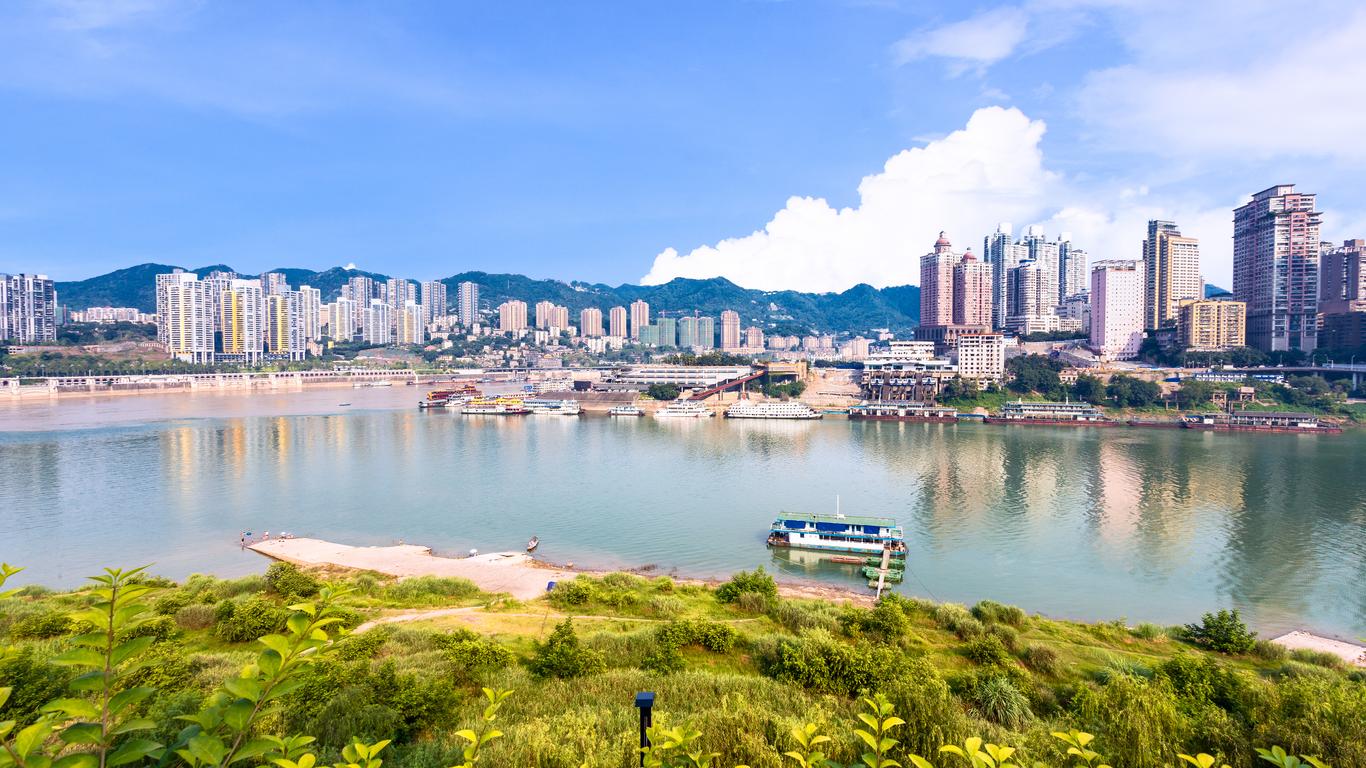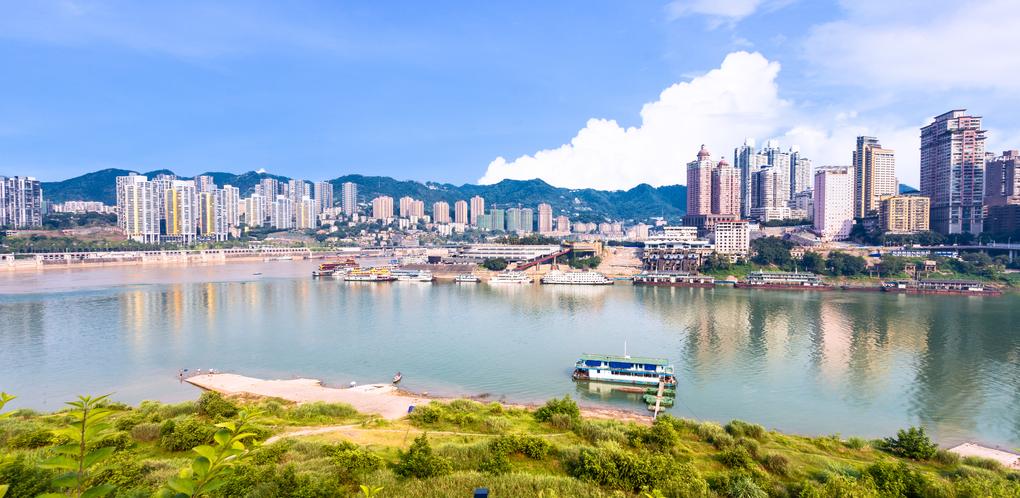1. An Ancient Community That's Full Of Life
In modern China, ancient neighborhoods like Cíqìkǒu can seem like a miraculous survival, and in many ways that's true. Located a few miles north of Chongqing's city center, this historic suburb dates all the way back to Ming China (1368-1644), and has been lovingly preserved and restored for tourists to enjoy. But it's no theme park. The beauty of Cíqìkǒu is that it's still alive. People live, work and manufacture there. So amid the temples, you'll find thriving porcelain stores and restaurants where the city's famous hotpots are well and truly on the menu.
2. A Homage To Chonqing's American Hero
It might seem odd to find a museum named after an American general in Chongqing, but Joseph W. Stilwell was no ordinary American military man. Stationed in China during World War 2, he helped mastermind the nation's fight against Japan, and did so from his home in Chongqing. Located in the Yuzhong neighborhood, the museum is a great introduction to a remarkable man. Visitors might be especially tickled by Stilwell's prickly relationship with nationalist leader Chiang Kai-Shek - now a pariah figure in modern China. Some say that personal rivalry is why the general remains a cult figure in the area.
3. Simply Gorgeous
A spellbinding geological park, the Wulong Karst is akin to China's version of the Grand Canyon. Formed by the gradual action of the Wu River as it passes through a region of karst limestone, the park is a UNESCO World Heritage Site. But more than that, it's simply stunning. Wonders include the "Three Natural Bridges", which arch across the river, the enormous Furong Cave with its massive "Glory Hall", and Houping Tiankeng - a group of seemingly bottomless sinkholes.
4. A Beautiful Quarter Created By Immigrants
A sprawling complex filled with temples, museums, homes, and shops, Huguang Guild Hall is a joy to explore. Situated next to the Yangtze River, it was once the hub of Chongqing's immigrant community, drawing workers from all over China, which may account for its amazingly diverse architecture. The prayer halls are dazzling, with elegant courtyards and gardens, furnishings, and art works. And at the weekends, the complex becomes a cultural magnet thanks to free performances of Beijing-style opera and singers from Zhejiang province.
5. A Welcome With Genuine Wow Factor
Modern Chongqing's most impressive landmark, the People's Assembly Hall, was built in the 1950s as a kind of palace to impress dignitaries arriving in the city, both from other parts of China and abroad. Stretching over more than 66,000 square meters, it was built in an attractive Ming/Qing revival style, with attention very much focusing on its huge dome, which resembles the Temple of Heaven in Beijing. Heading inside is a must, but it's also fun to explore Renmin Square in the evening, when locals take their daily strolls.


